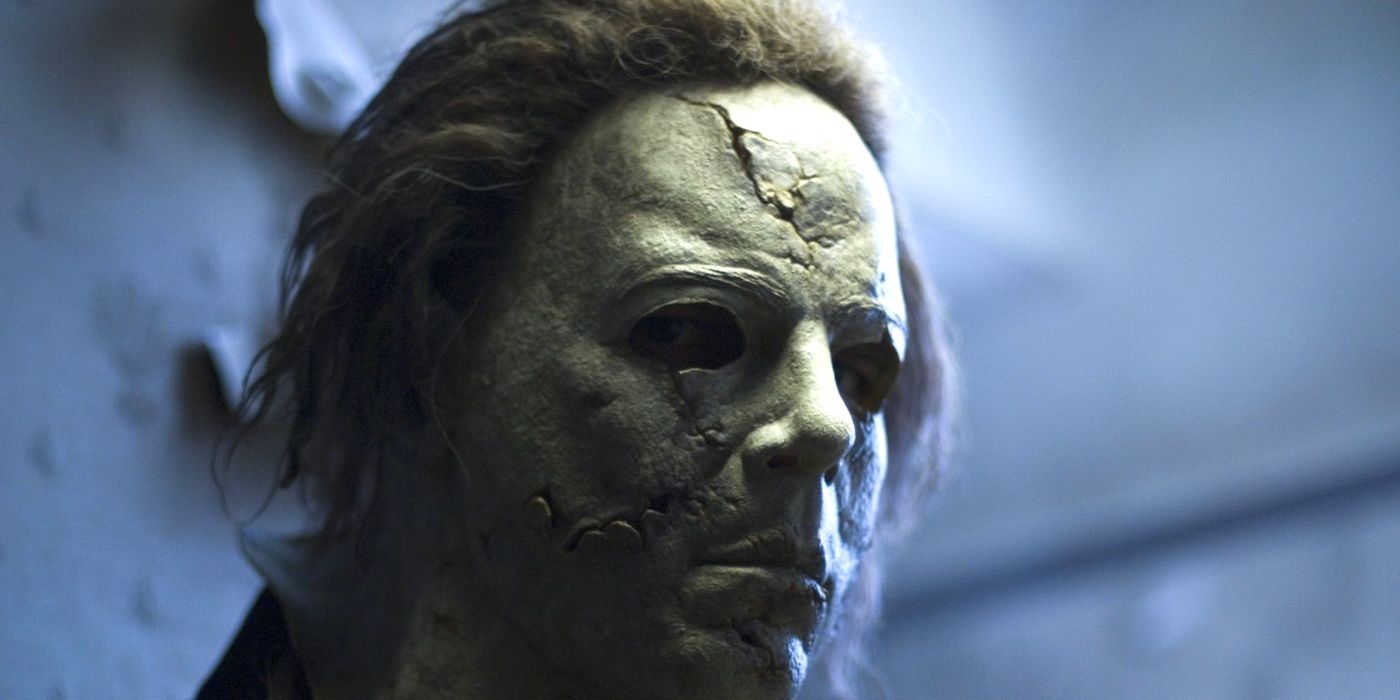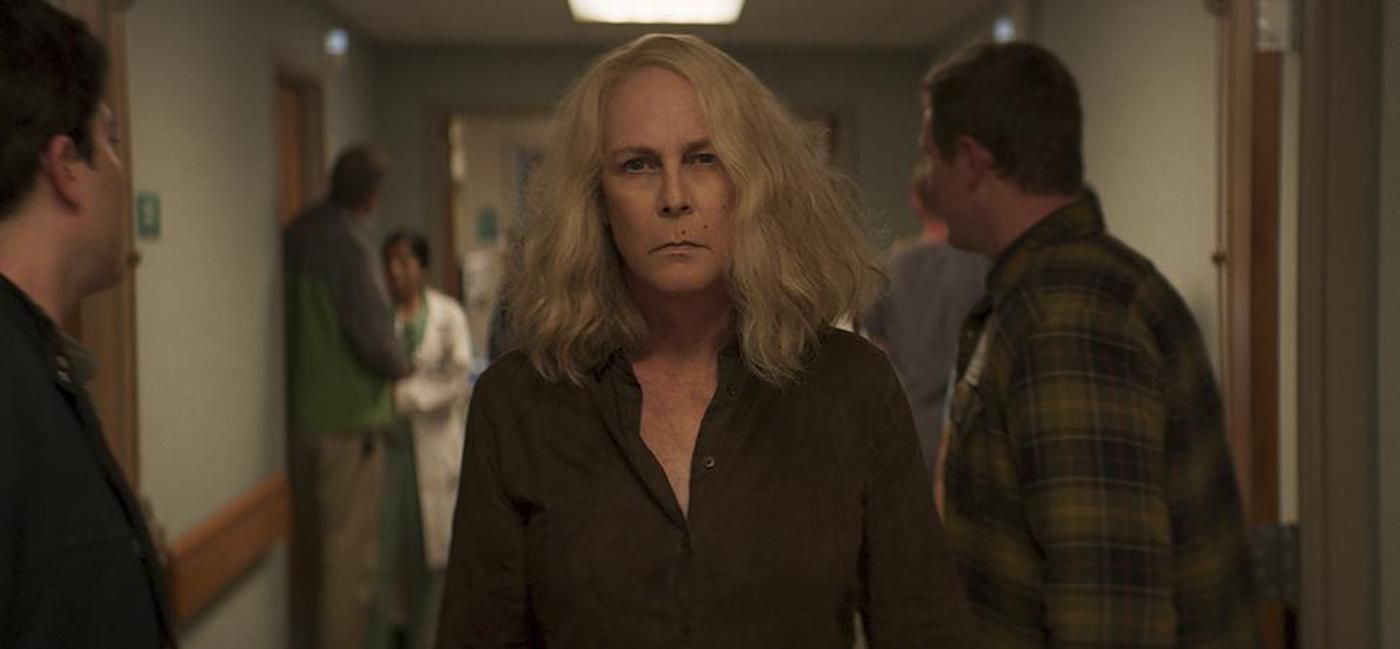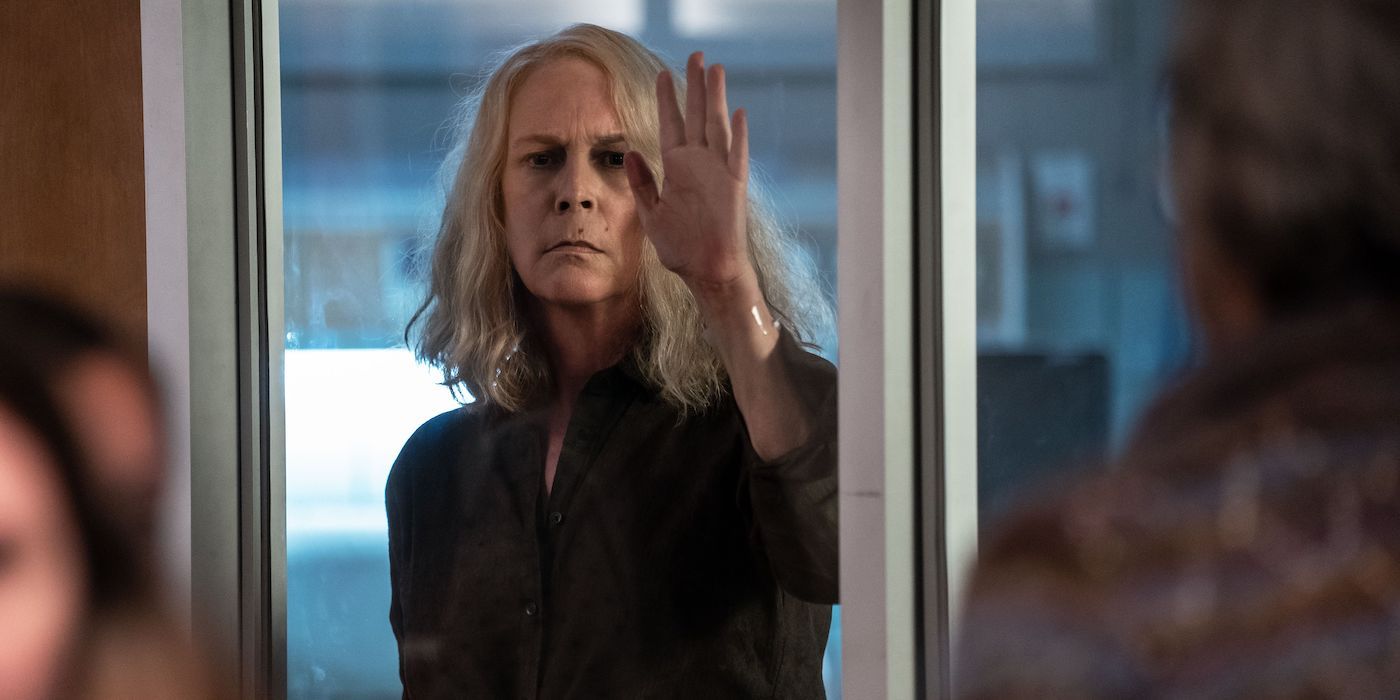When it was first announced in 2017 that a new Halloween film was being made that would bring back Jamie Lee Curtis to face Michael Myers one more time, fans were intrigued, especially with the news that the film would serve as a direct prequel to the 1978 original. Gone were all nine of the sequels, which saw Myers undergo everything from being part of a cult to rebooted as a hillbilly hulk who misses his mommy. Gone as well would be all the standard slasher endings, which almost always saw Myers dead or captured, only to somehow come back for the inevitable sequel.
With each successive film, the boogeyman known as Michael Myers was diminished. His mask kept changing, along with his motive. Did The Shape kill to relive killing his sister when he was a child? Did he kill because he was driven to by a cult? Did he have no motive? Wait, no, it was because Laurie was his sister too. No, it was because he was bullied. There were so many timelines, only the most hardcore of fans could keep up. Halloween films became all about trying to reconnect with nostalgia, while maybe laughing at some clever kills, rather than enjoying the latest effort we were fed for what it was.
The newest Halloween promised to strip away all of that and get back to what worked. All of the craziness of the past was gone. Michael Myers was going to be scary again. Director David Gordon Green delivered. Myers was back in the way we first remembered him, as a shadow with no motive moving through the night. Just as important, we got a quality story to go along with him, exploring the toll forty years of trauma had on the original final girl, Laurie Strode. We saw a woman fight back against her male aggressor and take her power back.
Halloween (2018) was a hit critically and at the box office. The only complaint many seemed to have was the film’s final shot. Having trapped Michael Myers in her house and set it on fire, Laurie flees with her family, leaving The Shape to burn to death. The last we see of his basement cell, however, is an empty space where he once stood with the flames. The boogeyman has disappeared, and we’re back to where we’ve always been with these films, denied an ending, backed into a corner, forcing the next film to find a way out.
After Halloween’s success, it wasn’t long before a sequel was announced. This time we actually got the announcement of two more films, both already named. First, there would be Halloween Kills. Rounding out the new trilogy would be Halloween Ends. This news, though, made it so that Halloween Kills was moot from a plot perspective. What was the point, other than to make money and show off some gruesome kills, if we’re being told ahead of time that there will be no resolution?
That’s exactly what we got with Halloween Kills. It didn’t know what to do. Laurie laid in a hospital bed for almost the entire runtime while Myers hacked up the town in the most brutal and gory ways yet. There was an intriguing subplot that dealt with the town fighting back, but the restrictions put on the film’s middle child status meant that Michael couldn’t die. It took away the suspense when we knew the Boogeyman was going to sit back up.
That became the film’s biggest flaw. When one of Michael’s victims fought back, they had to do so in the stupidest ways possible. When Laurie’s daughter, Karen, stabs Michael with a pitchfork, it has to be in the back. When she stomps his head after he falls, she has to stop before he can be seriously injured. Worst of all was the climax that saw the town surround Michael on a neighborhood street. The Shape is shot, but just in the arm. He’s stabbed, but in the back. And when he gets back up from his wounds, as he always does, he easily takes everyone out John Wick style.
Where Halloween Kills feels like an incomplete film, Halloween Ends promises us resolution in the title. The only acceptable outcome is that this iteration of Michael Myers must finally die. There can’t be any tricks, no fake outs, no empty streets or eyes opening in the final shot, no ambulance driver revealed to be wearing the mask. Myers must die. The mask has to come off. If he doesn’t, then what has been the point of bringing Jamie Lee Curtis back? If she returned to get rid of the bitter taste in her mouth that came from the debacle known as Halloween: Resurrection, which saw Myers live after Laurie had supposedly killed him in Halloween H20, then won’t another trick ending just repeat the same sins?
More so, if Michael Myers doesn’t die, then what has been the entire point of this new trilogy? It will be shown to be nothing more than just another nostalgic cash crab. Curtis believes there’s a point to these films, as she told The Hollywood Reporter in 2021. “Once again, David Gordon Green is prescient. The #MeToo movement, those brave women who first spoke to Ronan Farrow, happened at the beginning of October of 2017, but Halloween (2018) was written way before that. So they were prescient about [female trauma], and [in Halloween Kills], they were prescient about the mob violence, the uprisings, the civil unrest, the people taking matters into their own hands, the ‘I’m mad as hell and I’m not gonna take it anymore’ idea, and the ‘system is broken’ conversation. We made this movie a long time ago, and there’s even a hint of police misconduct in the re-creations of the 1978 sequences.”
The bigger theme to Halloween Ends seems to speak to trauma again, about evil being defeated when all hope is lost. The only way to move past any sort of trauma is for there to be resolution. Myers has to die for Laurie to rest, for her granddaughter to rest, and for the whole town of Haddonfield to move on. That might mean Laurie has to die with him. It wouldn’t be the first time. Her character has already been killed off twice. It would be more impactful to see her live this time and have a chance at happiness, but either way the boogeyman must take his final breath.
Speaking about Halloween Ends, Curtis told NME, “It’s going to make people very angry and it’s going to be shocking because it asks a lot of questions.” What are we to infer from this comment? Are we going to be angry because the film is going to move into different territory, such as moving Michael back into being a more supernatural villain? Will his motivation be revealed? Or are we going to be upset because evil doesn’t die on this night, but goes on to live? Is that David Gordon Green’s next theme, that evil will always be around us, that it can never be defeated?
There may be some truth in that theme worth exploring, but certainly not in a slasher franchise on its thirteenth film. In this fictional setting Michael Myers must die. Halloween can be rebooted in a few years, reimagining The Shape from the beginning. We all know that’s going to happen. In 2022, the Michael Myers that has haunted audiences for almost half a century must meet his end. To have him continue on, to be a man near 70 in a mask slashing his way through a new cast of disposable characters, takes away from what he’s supposed to be. It takes away from Laurie Strode. When Halloween came back in 2018 it was supposed to erase all the sequels. To erase the past only to recreate it and make the same mistakes turns Michael Myers into a joke. The boogeyman is not a joke. The boogeyman is a nightmare. And even nightmares end.


.jpg)

